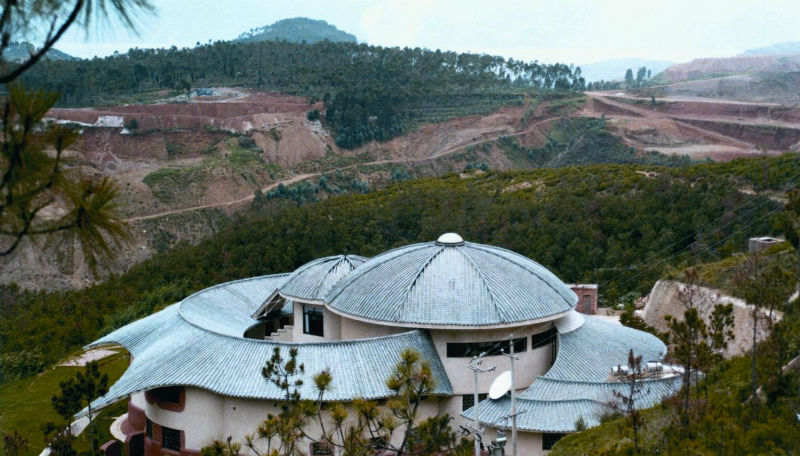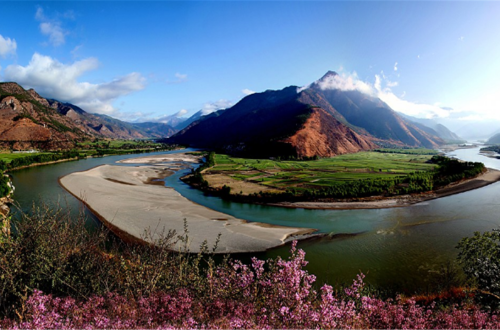The Chengjiang Fossil Site is located in the mountainous area of Yunnan Province and covers an area of 512 hectares. It is the most preserved early Cambrian marine fossils in the early Cambrian period, showing a wide range of invertebrate and spinal life hard tissues and soft tissues.
The Chengjiang fossil group records the formation of early complex marine ecosystems. The Chengjiang site has preserved at least 160 species of biological species and many mysterious populations and 196 other species. They are evidence of the mega-earth explosion of 530 million years ago. The main fauna on Earth today has emerged during this period. It opens an important window for academic research in paleontology.
The Chengjiang animal fossil group was first discovered by Hou Xianguang, a researcher at the former Institute of Geology and Palaeontology, on July 1, 1984. In the following 10 years, more than 50 paleontologists from more than 10 countries have helped uncover 50,000 fossils, nearly 200 species of sponges, coelenterates, brachiopods, annelids and arthropods, and rare animals.
Facts
- Chinese: 澄江化石遗址
- UNESCO World Cultural Heritage Site listed in 2012
- Location: Maotian Mountain on the east bank of Fuxian Lake in Chengjiang County, Yunnan Province





